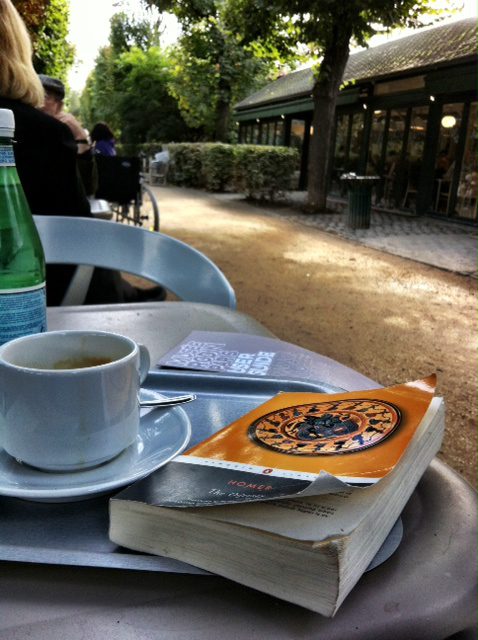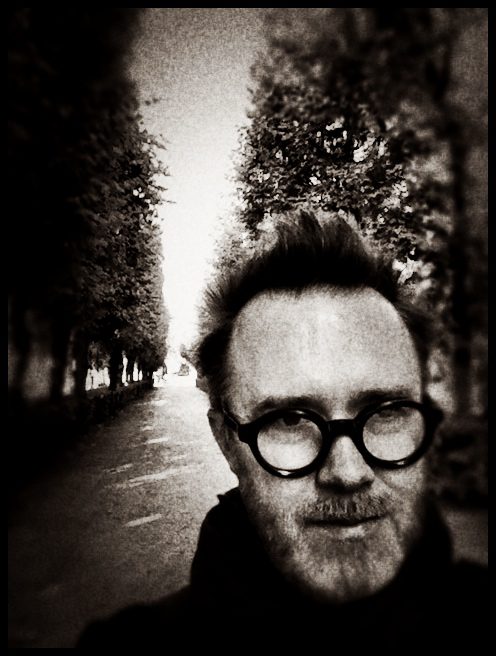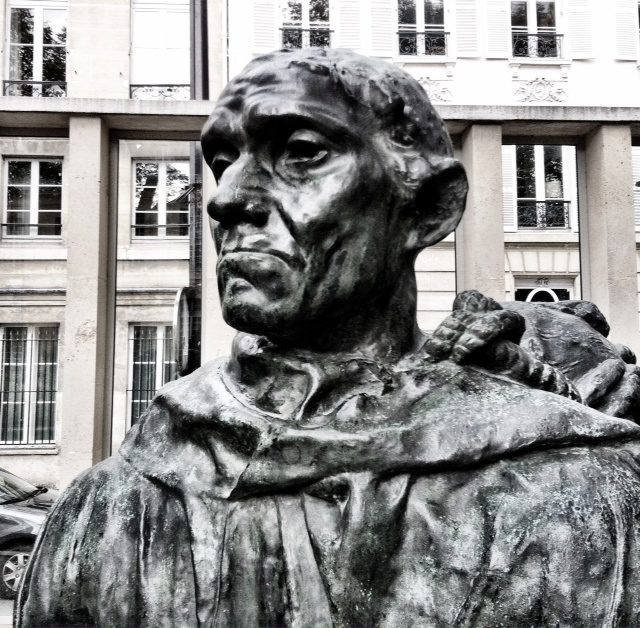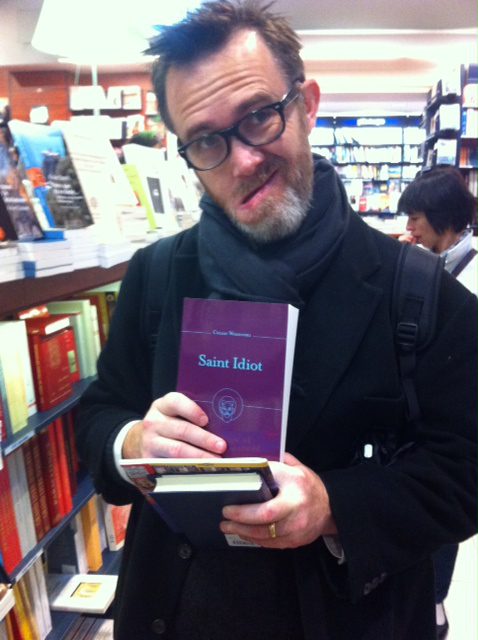View From Your Table

It’s funny, but for me, the history of sculpture stops with the Greeks, and begins again with Rodin, who is even more moving to me for the same reason that Maria Callas is more moving than (the technically perfect) Renata Tebaldi. Here is a Rodin sculpture I wasn’t allowed to photograph, called “The Sin.” This image, taken from a website, doesn’t adequately portray the power of the sculpture to convey the intensity and all-encompassing power of lust. The amazing thing about the sculpture is how Rodin manages to convey lust with almost breathtaking force without evoking it.
One of my favorite Rodin sculptures I first saw in the museum at Stanford, but encountered again today. It’s called “She Who Was The Helmet-Maker’s Once-Beautiful Wife.” It is a deeply moving portrait of an old woman whose body is exhausted, but whose dignity is magnificent. A more emotionally resonant portrayal of the human spirit weighed down by mortality I have never seen. And then there is this face, from Rodin’s well-known “The Burghers of Calais”:
That’s an image of Jean d’Aire, one of the six leaders of the French coastal city of Calais, which was under siege in the 1300s by the English. The English king said he would spare the city’s people if six of their leaders would surrender themselves to him, in humiliation, presumably to be executed. Rodin’s sculpture depicts the inner torment of these men. This face, of Jean d’Aire, is to me the most affecting, not only in its pained stoicism, but because the man’s strong arms show how he’s suppressing his emotion to do his sacrificial duty for his people. The strength of this man’s character!
Autumn in Paris, in the garden of the Rodin Museum, is pretty close to heaven, if you ask me.
 UPDATE: OK, yes, how the hell could I have forgotten Michelangelo and Bernini? Here’s why:
UPDATE: OK, yes, how the hell could I have forgotten Michelangelo and Bernini? Here’s why:



Subscribe for as little as $5/mo to start commenting on Rod’s blog.